
Nestled in a sleepy village called Magadi about 20 kms from Gadag in North Karnataka is a village lake which comes alive every winter. Bar-headed Geese arrive in their thousands from far off places like Mongolia and Tibet, flying long distances at great heights, and even crossing the mighty Himalaya. They reach this nondescript lake to make it their home until early March. They then fly back to their homeland, only to return the following winter.
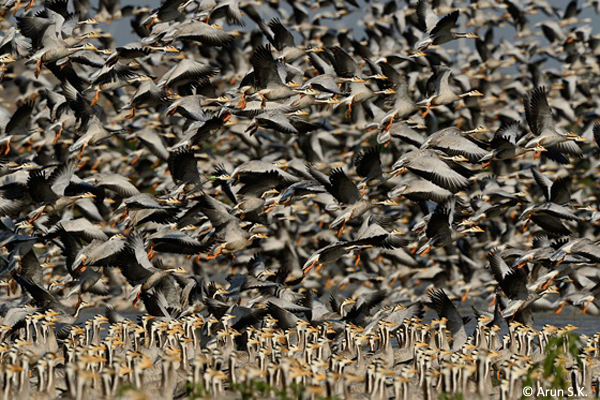
The cacophony created by these geese wakes up the village, and bird watchers and photographers descend to this village in great numbers to enjoy this spectacle, particularly during the weekends.
As the sun sets, the birds take off into the horizon to the surrounding groundnut and paddy fields. After feeding in the fields, they return to the lake by daybreak. The Bar-headed Geese descending into the lake every morning in thousands is a sight to behold! During the day, they sleep, they argue, and also indulge in a bit of daily toilet which could include preening and flexing their flight muscles.


Villagers washing their clothes, cattle bathing in the murky waters – nothing seems to bother the birds as they happily float on the water.
Bar-headed Geese (Anser indicus) breed in central Asia and come to South Asia, especially India, to spend the winter months. They are among the highest flying birds. Flying in from Mongolia, Tibet and Russia, they cross the Himalaya to reach wetlands in India to spend the winter in. Larger wing span as compared to other geese and the ability to absorb oxygen even while flying at great heights make this bird a super flying machine.
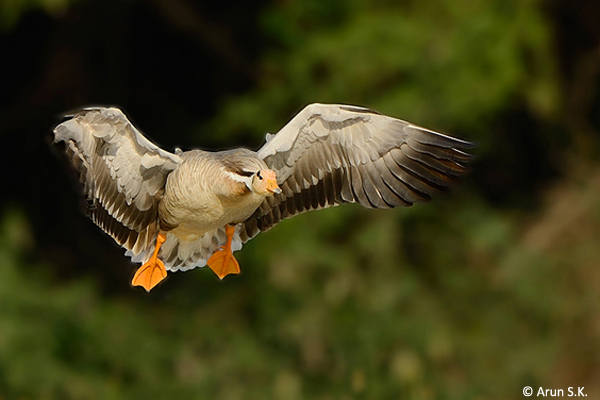
In all readiness to land
Magadi Lake (village tank) lies just a short distance from the village with two roads running parallel to the lake. Local residents have documented the arrival of these birds to the village tank for about 25 years, thousands each year. The water is itself very saline and the villagers use the water for washing only. The Forest Department has been very proactive with conservation of these birds. They have built a watch tower on the western side of the lake, thereby facilitating a panoramic view of the lake and the birds. They have also educated the villagers about these birds. This effort has paid off with almost no poaching instances from the lake.
The Magadi Lake is also home to a variety of other migratory and resident birds. Ruddy Shelducks, sandpipers, Purple Moorhens, and White-breasted Waterhens are just a few. During February 2013 the lake played host to at least 500 Demoiselle Cranes!
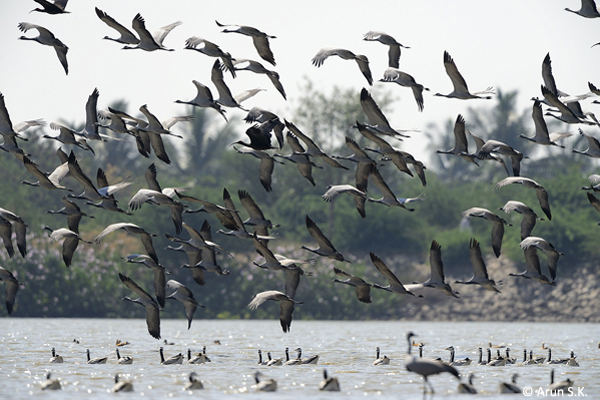
This year, a number of birds – at least 25 – have been found to have collars of different colors. Yellow, green and red denote the places they have come from.


Researchers in these far off places have collared the birds to study and understand the bird’s migratory route and its travel pattern in greater detail.
The best time to visit Magadi is from early December to the last week of February. It is some 20 km on the Lakshmeshwar road from Gadag, making Gadag the ideal place to camp when you want to visit Magadi Lake.

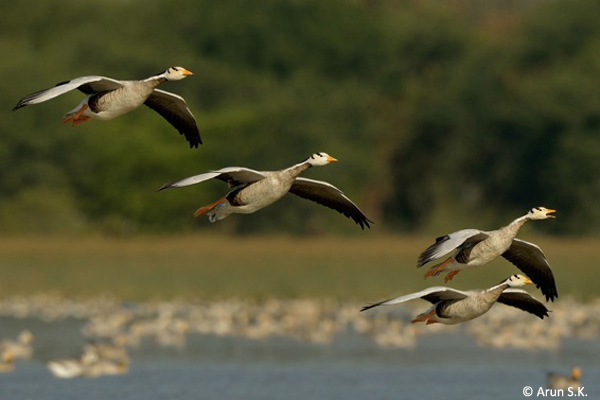



Due to active support from the locals, the lake plays host to these long distance migrants in large numbers – in fact, one of the largest in the world. With the presence of these and other endangered birds, Magadi Lake has now been afforded legal protection. Apart from being an Important Bird Area, the lake is also a potential Ramsar Site.



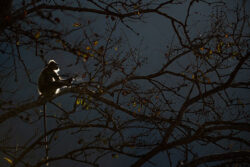

Instagram
junglelodgesjlr